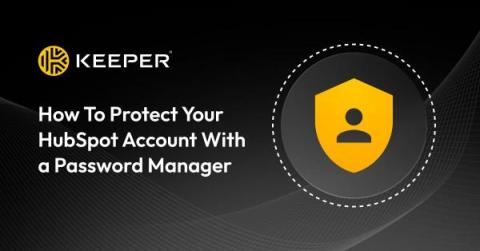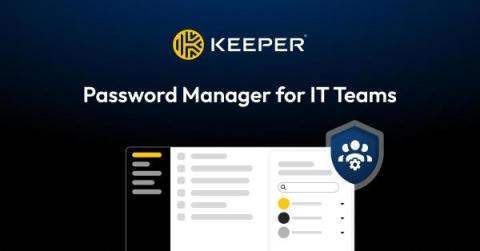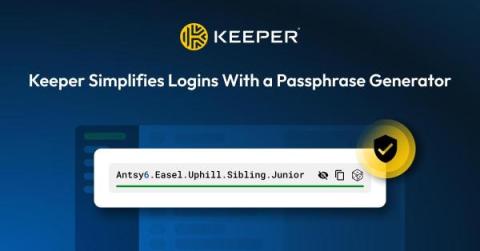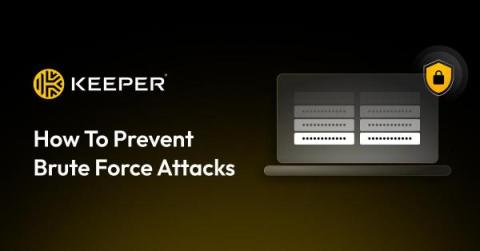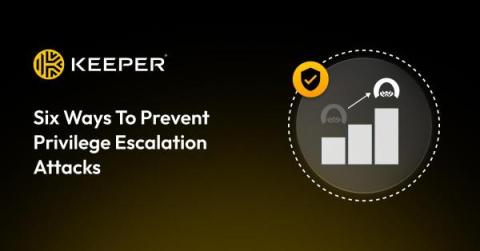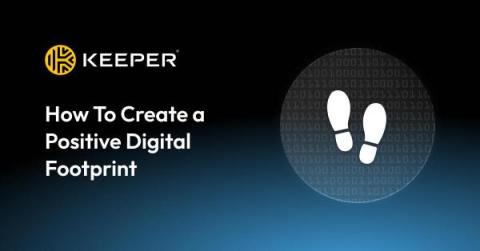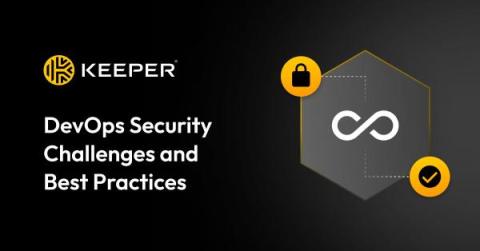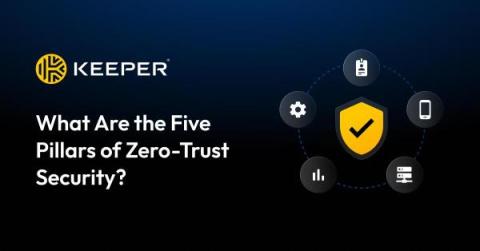What Is Security Posture?
Security posture refers to the overall strength of an organization’s cybersecurity. It measures how an organization’s mechanisms, policies, procedures and operations respond to and defend against cyber threats. Continue reading to learn more about security posture, why your organization’s security posture is important, how to assess it and how to improve it.



